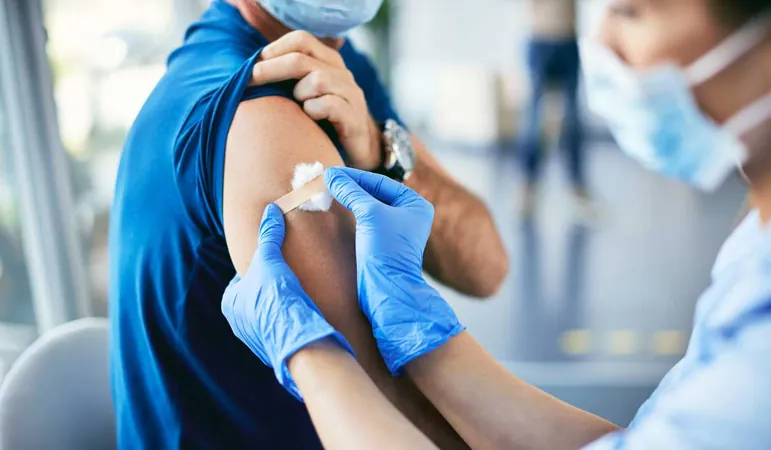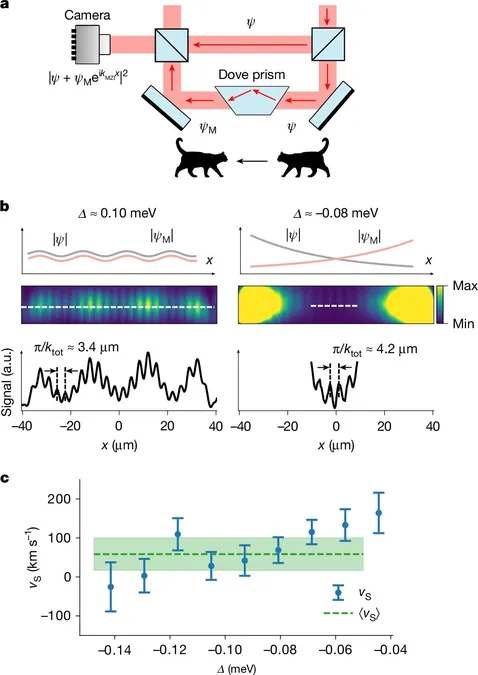
Keeping Ahead: How Fall Vaccines Combat Evolving Viruses
2024-11-05
Author: Emily
As we enter vaccination season, scientists are racing against time to adapt vaccines that fight against ever-evolving strains of influenza and SARS-CoV-2. This year, notable changes in vaccine formulations reflect the ongoing battle between human health and viral mutations.
Vaccines, particularly for influenza, are not static; they evolve annually to remain effective. For instance, some flu strains that haven’t emerged in years have been excluded from this year’s vaccines. Similarly, the continuously mutating SARS-CoV-2 virus necessitates that our COVID-19 vaccines be routinely updated.
Dr. Manish Sadarangani and Dr. Julie Bettinger, prominent researchers from the Vaccine Evaluation Center at the University of British Columbia, are at the forefront of these efforts. Dr. Sadarangani conducts laboratory studies and clinical trials to develop new vaccines, while Dr. Bettinger leads the CANVAS network, which diligently monitors vaccine safety post-approval.
So what does it take to create and fine-tune vaccines for these viruses?
Dr. Sadarangani emphasizes the need for adaptability: “Influenza and COVID are caused by viruses that change over time. With flu, every year the virus is genetically a little bit different. With SARS-CoV-2, we’re still trying to learn how quickly the virus evolves. Our vaccines must evolve alongside them.”
Quadrivalent flu vaccines in the northern hemisphere, for instance, are formulated in March based on the strains that circulated the previous season. Given that it takes five to six months to produce vaccines once the formulation is finalized, these are typically ready for distribution by fall.
The development of a new vaccine involves a meticulous process. Initially, laboratory research and extensive animal testing pave the way for human clinical trials, which are divided into phases. Phase 1 involves a small group of healthy adults to assess safety, followed by Phase 2 trials that include a larger group and target demographic. Phase 3 trials take it a step further, testing tens of thousands of participants for safety and efficacy. All collected data is then submitted to Health Canada for regulatory approval.
Canada's unique vaccine safety surveillance system, known as CANVAS, stands out against those of other nations. Unlike systems in Australia and the U.S. that lack a comparison group of unvaccinated individuals, CANVAS collects data directly from both vaccinated and unvaccinated citizens, enhancing the ability to detect any safety signals.
Addressing public concerns about vaccine safety is paramount. Dr. Bettinger points out that many fears are rooted in misinformation or disinformation. The most effective way to alleviate these concerns is through conversation with trusted healthcare providers, who can offer a supportive, judgment-free space for inquiry.
Looking ahead, researchers are focused on developing universal vaccines that could protect against all strains of influenza and COVID-19. This ambitious goal remains challenging but is essential for easing the frequency of vaccinations required each year. The ongoing struggle of the human immune system against pathogen evolution is a reminder of the persistent nature of infectious diseases.
With hopes of significant scientific breakthroughs on the horizon, the next decade could pave the way for vaccines that require less frequent administration, potentially changing the landscape of our annual vaccination routine significantly.
Stay informed and prepared this vaccination season! The advancements in vaccine technology are not just important for our health but are paramount in the global fight against these persistent viruses.









 Brasil (PT)
Brasil (PT)
 Canada (EN)
Canada (EN)
 Chile (ES)
Chile (ES)
 Česko (CS)
Česko (CS)
 대한민국 (KO)
대한민국 (KO)
 España (ES)
España (ES)
 France (FR)
France (FR)
 Hong Kong (EN)
Hong Kong (EN)
 Italia (IT)
Italia (IT)
 日本 (JA)
日本 (JA)
 Magyarország (HU)
Magyarország (HU)
 Norge (NO)
Norge (NO)
 Polska (PL)
Polska (PL)
 Schweiz (DE)
Schweiz (DE)
 Singapore (EN)
Singapore (EN)
 Sverige (SV)
Sverige (SV)
 Suomi (FI)
Suomi (FI)
 Türkiye (TR)
Türkiye (TR)
 الإمارات العربية المتحدة (AR)
الإمارات العربية المتحدة (AR)